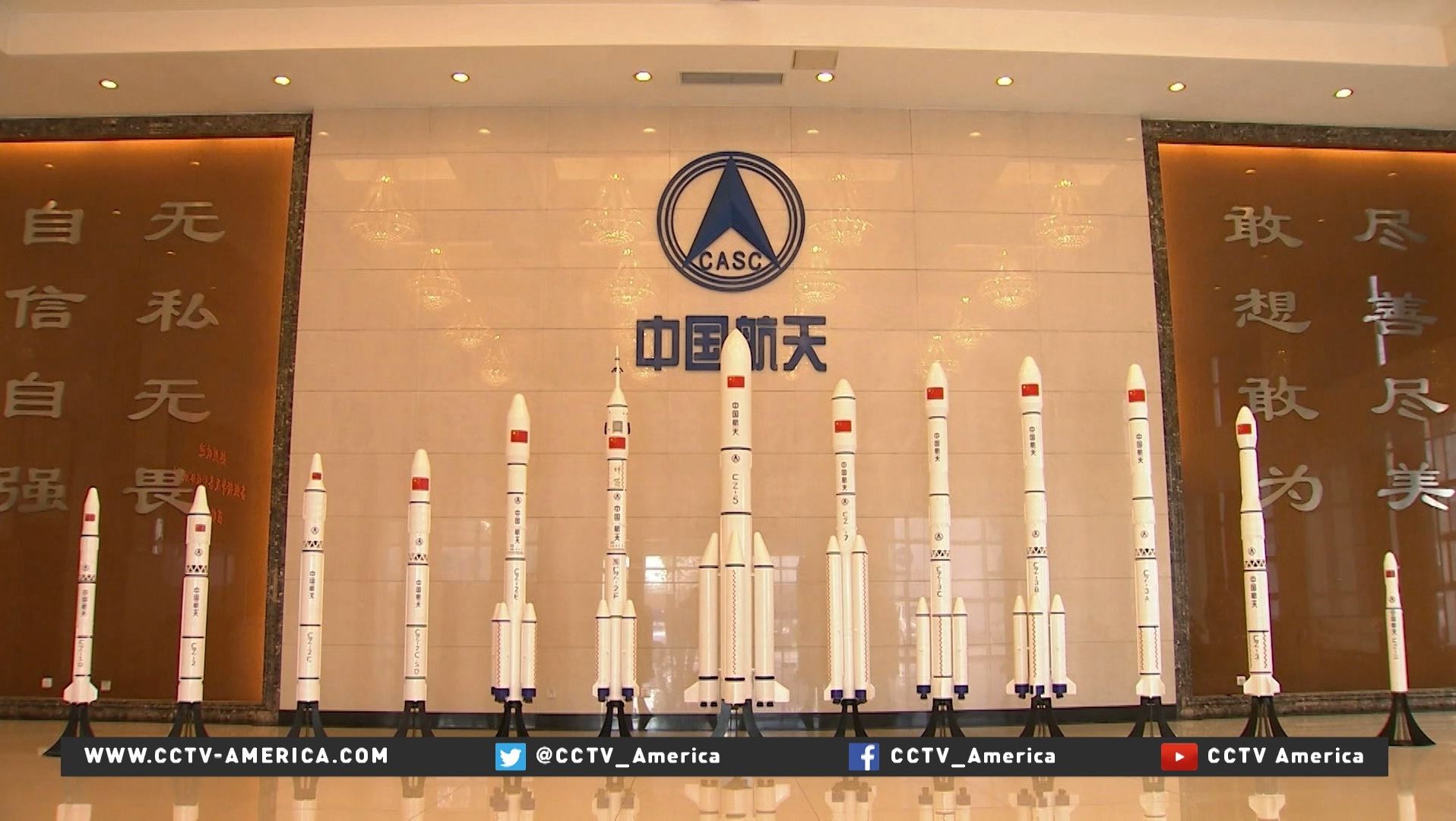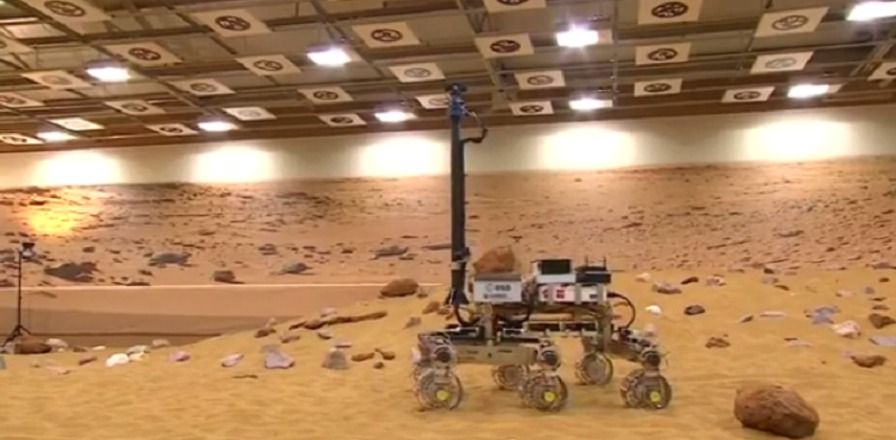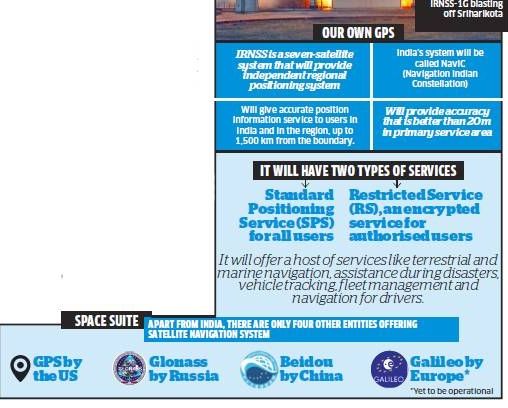Page 11213
Apr 30, 2016
China celebrates Space Day and plans Mars voyage
Posted by Karen Hurst in category: space travel
China is going to Mars; lookout SpaceX.
China recently celebrated its first Space Day marked by a flag-raising ceremony in Beijing. Space Day marks the launch of the country’s first man-made satellite 46 years ago.
Apr 30, 2016
Mobile Designer Hacks Apple Watch To Run Windows 95 For Wrist-Mounted Retro Goodness
Posted by Karen Hurst in category: cybercrime/malcode

Hotwiring your Apple watch to run Win95. My 1st question is why? Why would anyone want to work with such a dated system; and I worked many years at Microsoft and don’t understand the logic on this one. I would at least try Win 10. Granted the person states they like retro. If I want retro, I just hook up a PS2, or Wang VS.
Developer Nick Lee managed to get Windows 95 working on his Apple Watch. And Apple Watch definitely has the specs (check our full review). The watch packs in a 520 MHz processor, 512 MB of RAM, and 8GB of internal storage. Compared with Nick’s original $3,000, 300 MHz Pentium II powered PC with 256MB of RAM, the Apple Watch is practically the Computeress from Dexter’s Laboratory. There were quite a few hurdles to overcome, however, before Windows 95 was up and running.
Apr 30, 2016
Tim Peake Controls An Earth Robot From Space — Rover In U.K. Skillfully Driven
Posted by Karen Hurst in categories: robotics/AI, space, transportation
Astronaut Tim Peake controlled a robot from the International Space Station (ISS). However, the robot wasn’t in space, but was located on Earth. The experiment was meant to prepare astronauts and technicians for future human-robotic missions to the Moon, Mars, and other celestial bodies.
As part of a unique experiment, astronaut Tim Peake successfully maneuvered a robot located on Earth from the ISS. The British astronaut took control from the Earth-based team and steered the robot on a simulated Martian landscape. The experiment took place at Airbus Defence and Space in Stevenage, dubbed “Mars Yard.”
The experiment, titled “Supervisory Control of Mars Yard Rover” or SUPVIS-M for short, was designed to one day allow humans, more specifically astronauts, sitting on board ISS or other deep space vehicles, to reliably control robots or machines over vast distances. The experiment is part of Europe’s METERON (Multipurpose End-To-end Robotics Operations Network) project. The overall idea is develop and optimize tasks and directional control.
Continue reading “Tim Peake Controls An Earth Robot From Space — Rover In U.K. Skillfully Driven” »
Apr 30, 2016
Russia’s nuclear nightmare flows down radioactive river
Posted by Karen Hurst in categories: biotech/medical, habitats, health
Russia’s ongoing nuclear fallout challenges.
MUSLYUMOVO, Russia (AP) — At first glance, Gilani Dambaev looks like a healthy 60-year-old man and the river flowing past his rural family home appears pristine. But Dambaev is riddled with diseases that his doctors link to a lifetime’s exposure to excessive radiation, and the Geiger counter beeps loudly as a reporter strolls down to the muddy riverbank.
Some 50 kilometers (30 miles) upstream from Dambaev’s crumbling village lies Mayak, a nuclear complex that has been responsible for at least two of the country’s biggest radioactive accidents. Worse, environmentalists say, is the facility’s decades-old record of using the Arctic-bound waters of the Techa River to dump waste from reprocessing spent nuclear fuel, hundreds of tons of which is imported annually from neighboring nations.
Continue reading “Russia’s nuclear nightmare flows down radioactive river” »
Apr 30, 2016
IRNSS: Desi GPS to liberate India from dependence on US, Russia
Posted by Karen Hurst in category: satellites
India frees itself from the US & Russian GPS system.
Back home, the mission control room of Indian Space Research Organisation(ISRO) resonated with thunderous applause. The scientists who were till then glued to their monitors burst into cheers. India’s mini GPS, a regional positioning system, was ready to be rolled out.
Prime minister Narendra Modi who was watching the launch live from his office in Delhi congratulated the scientists. “With this successful launch, we will determine our own paths powered by our technology. This is an example of made in India and made for Indians,” he said. The navigational structure was given a new name — NavIC (Navigation Indian Constellation) — by the prime minister. “125 crore Indians have got a new Navic,” he tweeted.
Continue reading “IRNSS: Desi GPS to liberate India from dependence on US, Russia” »
Apr 30, 2016
Russia’s NDS Uses Blockchain For E-Proxy Voting
Posted by Karen Hurst in categories: bitcoin, encryption
Recently the Russia’s National Settlement Depository (NDS), an organization that provides settlement and depository services, began testing blockchain technology as a potential solution for a corporate e-proxy voting system. The results will not shock you but the origin of praise for the system just might.
NDS began looking into solutions for e-proxy voting in August of 2014. The prototype they recently tested is based on the NXT platform. The system also adheres to the ISO 20022 standard for messaging. NDS worked with the UK based DSX Technologies to develop the e-proxy voting system. The recent testing was conducted during a bondholder meeting.
With this e-proxy voting system, cascade messaging is enabled through a chain of nominee accounts. This chain is from the issuer to the voter and then back. In this configuration, NSD manages the database for the chain in order to ultimately oversee that all voting protocol was followed during the process. All of the information that is on the blockchain is then encrypted and able to be viewed by participants. The digital signatures embedded in the blockchain provide verification that the voting is within the time constraints allotted, all votes are accounted for, and that the process is transparent.
Continue reading “Russia’s NDS Uses Blockchain For E-Proxy Voting” »
Apr 30, 2016
China intensifies crackdown on websites for spreading porn
Posted by Karen Hurst in categories: ethics, internet
China’s moral conduct code over rules the web.
In a nationwide crackdown, a group of internet video player service providers have been investigated and punished for allegedly spreading pornography in China.
Apr 30, 2016
5 Takeaways From ESA’s Rosetta Comet Mission
Posted by Bruce Dorminey in category: space travel
Comets are more complicated than ever imagined and even after ESA’s spectacularly successful mission to 67P, researchers are still debating whether they delivered most of the water to Earth and whether they helped jumpstart life here on terra firma.
The European Space Agency’s (ESA) Rosetta mission to the comet 67P/Churyumov-Gerasimenko has arguably given planetary scientists the best new cometary data in a generation. Although the mission’s Philae lander has long ceased communication from the comet’s surface, the Rosetta spacecraft will continue operations until September when it makes a final touchdown on 67P’s surface. As I noted here previously, at that point, Rosetta will be so far from the Sun it will be on the verge of exhausting all its power.
But next month, researchers will meet at The Royal Society in London to discuss the data and the direction cometary science should take in this post-Rosetta era.
Continue reading “5 Takeaways From ESA’s Rosetta Comet Mission” »
Apr 30, 2016
Sony Patents Own Contact Lens Camera
Posted by Karen Hurst in categories: augmented reality, computing, electronics
I forgot Sony in the list of contact lens patents. Sony’s new camera contact patent. So, we have Google, Huawei, and Samsung with AR and CPU patents and Sony’s patents on the camera. Waiting for Apple and my favorite Microsoft’s announcements.
Sony has joined Google and Samsung in the world of contact lens camera patents, Sony’s version also has zoom and aperture control built in.
















